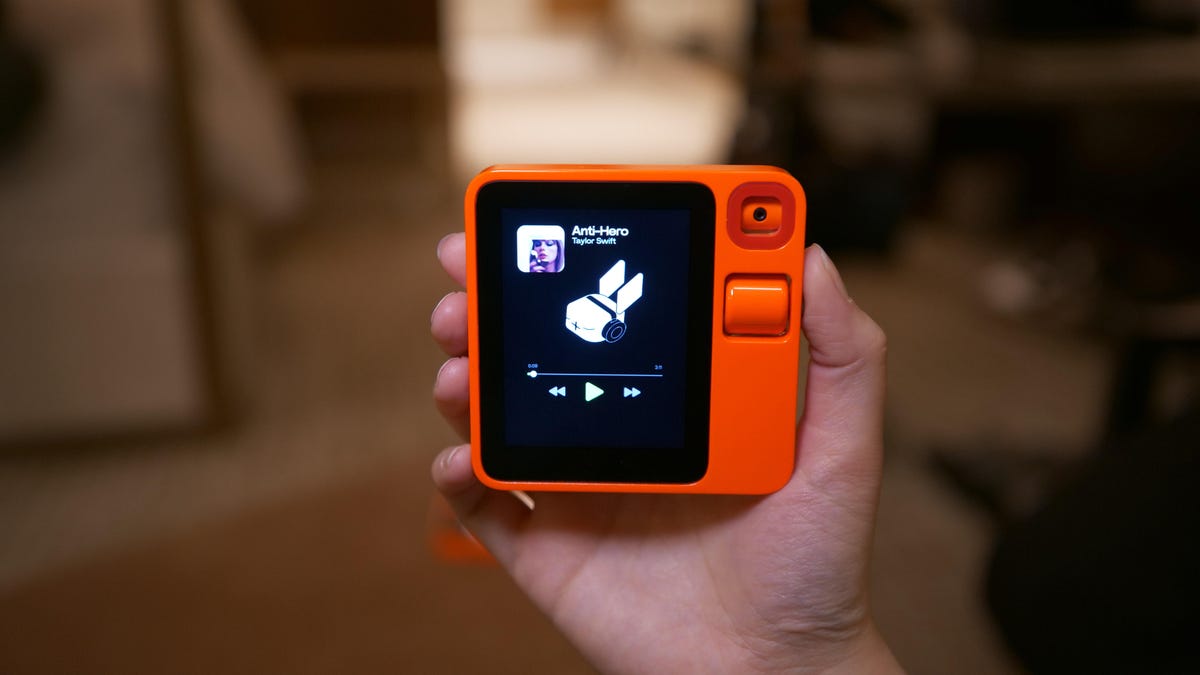Rabbit Overhauls R1 AI Device with Touch-Focused RabbitOS 2 Update

Key Points
- Rabbit releases RabbitOS 2, a complete OS overhaul for the R1 AI device.
- New touch‑focused interface adds on‑screen settings, mute buttons, and a tile‑based launcher.
- Creations feature enables users to generate and share custom code directly from the device.
- CEO Jesse Lyu acknowledges past shortcomings and frames the update as aligning with the original vision.
- The update aims to address criticism that the R1 was redundant in a smartphone‑dominated market.
Rabbit Inc. announced a major software overhaul for its R1 AI device, introducing RabbitOS 2, a touch‑centric operating system that reshapes the user interface and adds new capabilities. Founder and CEO Jesse Lyu acknowledged previous shortcomings and highlighted the shift from a voice‑only experience to a hybrid touch and voice model, including on‑screen conversation flow, mute buttons, and a tile‑based app launcher. The update also brings the Creations feature, allowing users to generate custom code and share creations. The move aims to address criticism about the device’s utility in a smartphone‑dominated market in which dedicated AI gadgets have struggled to find a clear niche.
Background
Rabbit Inc.'s R1, launched amid a wave of AI hype, was positioned as a dedicated portable AI assistant that could handle tasks such as music playback and ride‑hailing through voice commands. Early reviews described the device as half‑baked, noting a buggy AI model and a confusing interface. The company faced criticism for offering a product that seemed redundant in a market dominated by smartphones. Founder and CEO Jesse Lyu admitted that the team was overwhelmed by hype and that the original R1 experience fell short of the company's early vision.
New RabbitOS 2 Features
The latest update, dubbed RabbitOS 2, represents a complete overhaul of the R1's operating system. It introduces a touch‑focused interface that allows users to adjust settings directly on the screen rather than relying solely on the scroll wheel. Voice remains central, but users now see the flow of conversation on‑screen and can mute the AI assistant with dedicated buttons at the bottom of the display. A tile‑based user interface provides quick visual access to the device’s various functions, enabling users to tap a tile to launch a feature instead of issuing a voice command.
One of the headline additions is Creations, a feature that lets users “vibe code” on the device. By speaking a request, users can ask the R1 to generate custom code—for example, a simple game—and receive a functional result within minutes. Creations can be shared among Rabbit users, and developers can access the broader AI agent, Rabbit Intern, via desktop for deeper integration.
User Experience Improvements
The redesign addresses a core criticism that users did not understand the full capabilities of the R1 because it was largely voice‑controlled. The on‑screen conversation view and tile launcher make the device’s functions more discoverable. Touch controls complement voice interactions, offering a more flexible and intuitive experience. The mute buttons give users quick control over the AI without needing to speak.
Market Context
Rabbit’s overhaul comes at a time when dedicated AI devices, including competitors like the Humane AI Pin, have struggled to justify their place alongside smartphones. Despite raising substantial funding—over $64 million across five rounds—Rabbit has faced skepticism about the market size for standalone AI assistants. The company hopes that the richer feature set and the ability to create and share custom code will differentiate the R1 and attract users seeking more than what a typical smartphone offers.
Future Outlook
Lyu emphasized that the new OS aligns the product with the company’s original vision, bridging the gap between early expectations and the actual experience delivered. By overhauling the software rather than the hardware, Rabbit aims to extend the R1's lifespan and improve its value proposition. The company remains optimistic that the touch‑centric approach and Creations platform will resonate with early adopters and help the R1 find a sustainable niche in the evolving AI landscape.